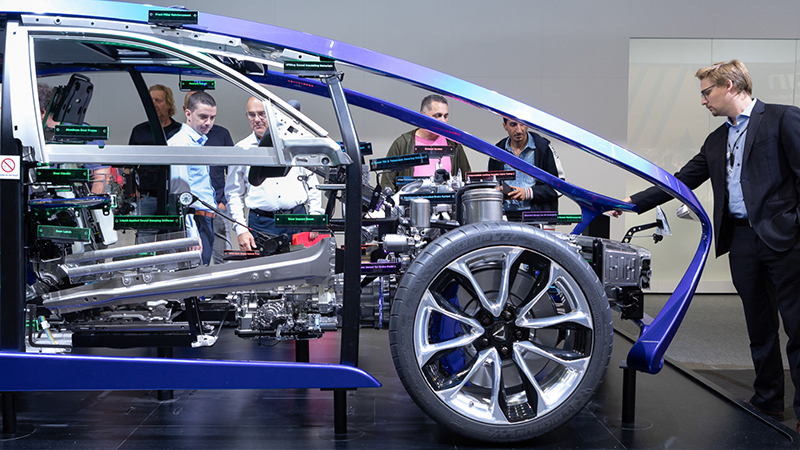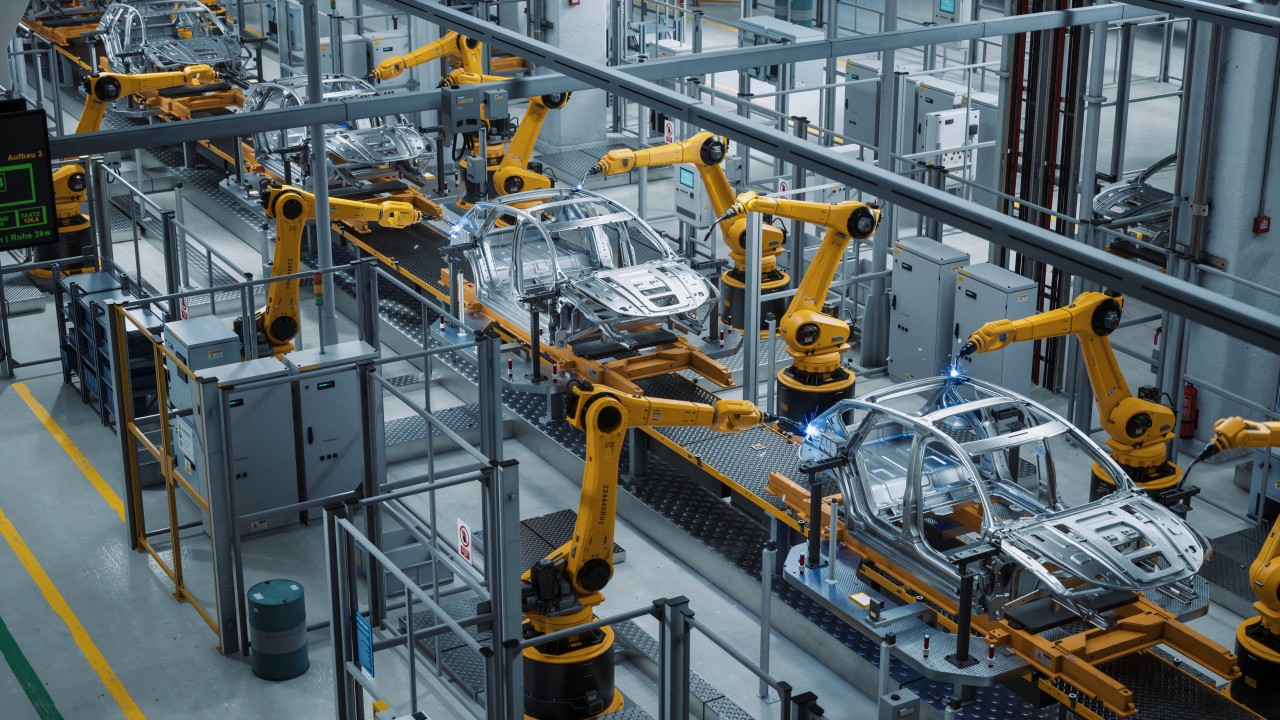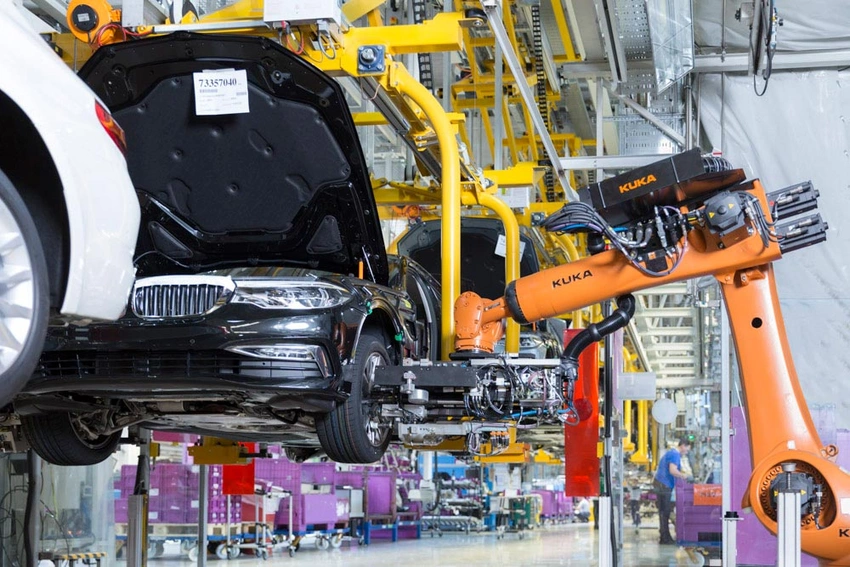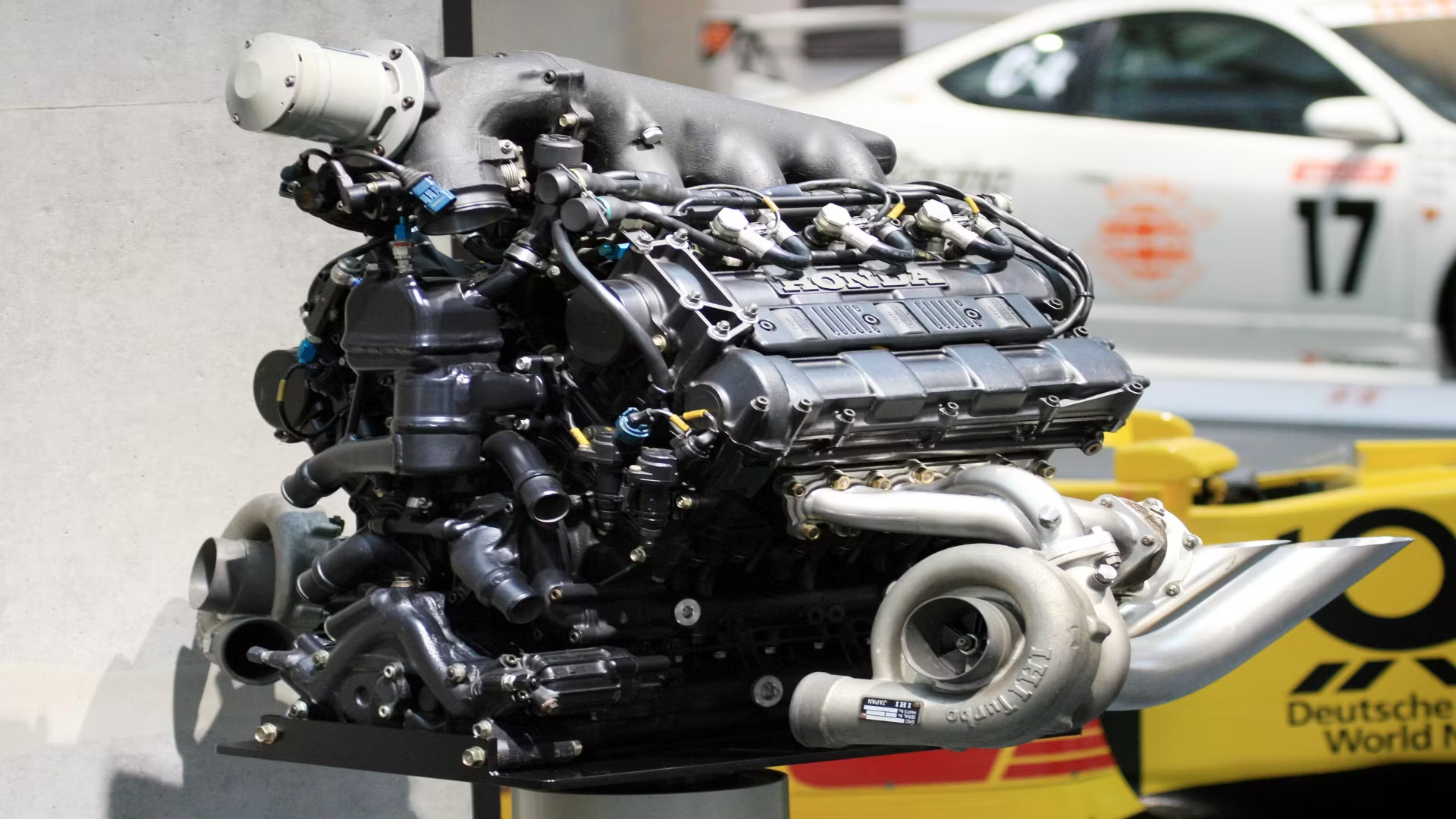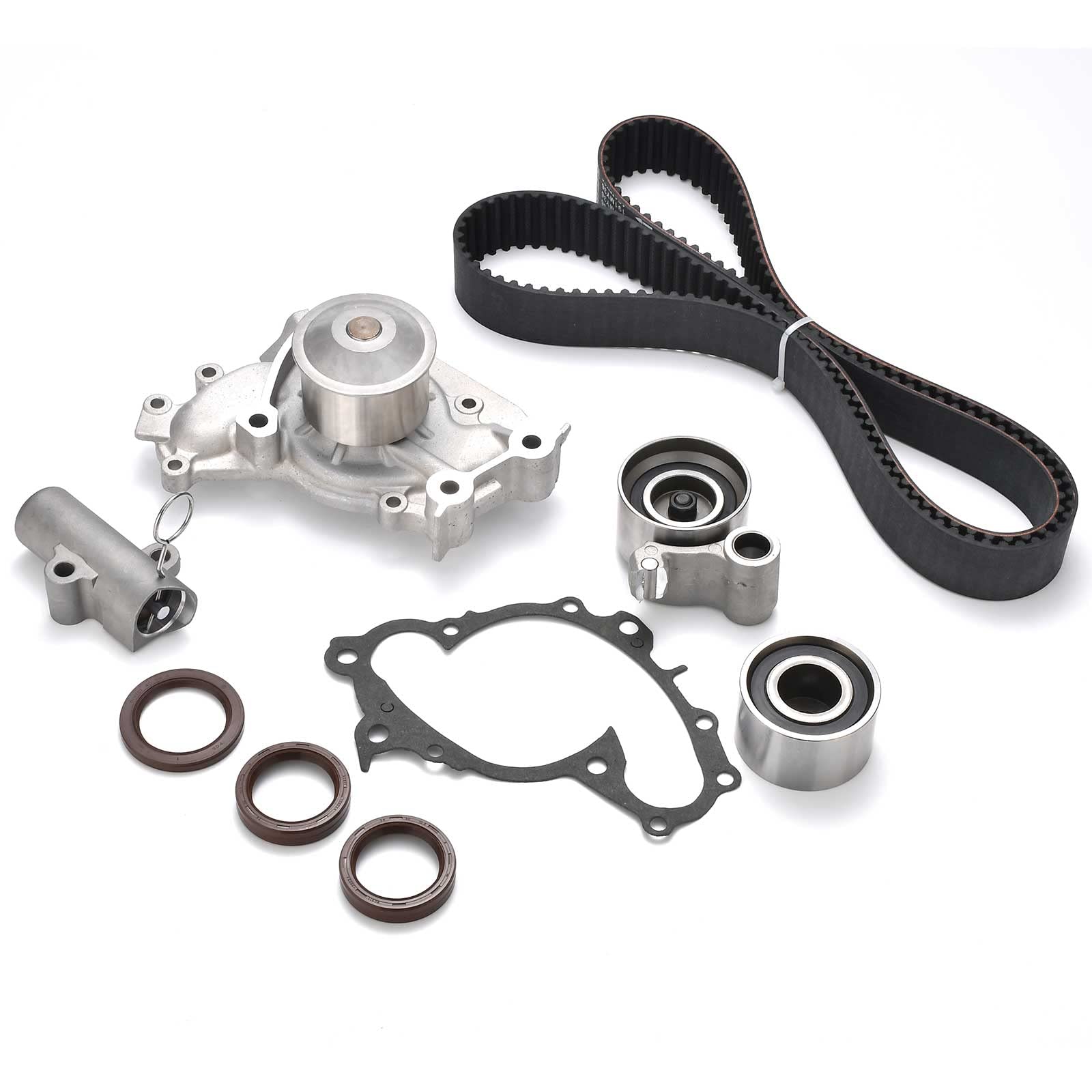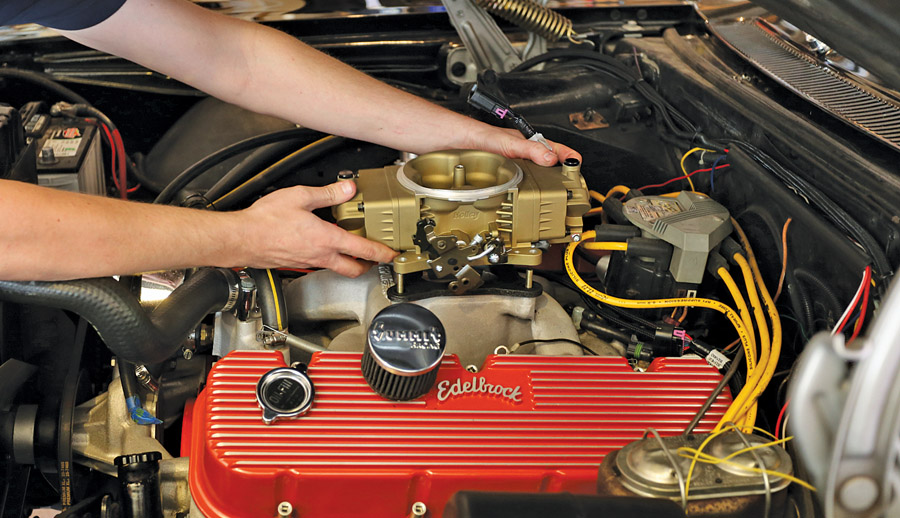0102030405
Komotashi's Engine Crankshafts: A Detailed Look at the Production Process
2024-06-20 10:26:14
Introduction
Engine crankshafts are critical components in automotive engines, converting the linear motion of pistons into rotational motion to drive the wheels. The production of high-quality crankshafts is a complex and precise process that involves multiple stages. Komotashi, a leader in automotive engineering, is renowned for producing crankshafts that are highly durable and efficient, utilizing premium raw materials. This article delves into the step-by-step process of crankshaft production at Komotashi, highlighting the meticulous attention to detail and advanced technologies involved.
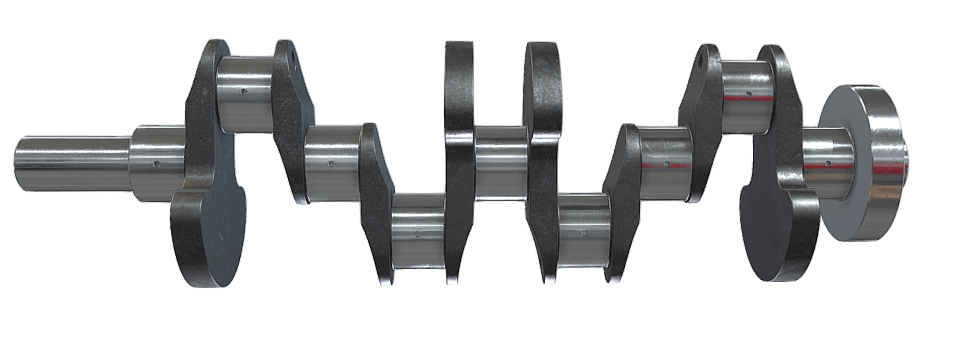
Step 1: Material Selection
The first step in producing a high-quality crankshaft is selecting the right material. Komotashi places a strong emphasis on using premium raw materials. Typically, crankshafts are made from steel alloys due to their strength and durability. Komotashi sources its steel from reputable suppliers, ensuring that it meets stringent quality standards. The selected steel alloys are designed to withstand the intense pressures and stresses that crankshafts endure during engine operation.
Step 2: Forging
Once the material is selected, the next step is forging. Forging involves heating the steel to a high temperature and then shaping it using a press or hammer. This process aligns the grain structure of the metal, enhancing its strength and fatigue resistance. Komotashi employs advanced forging techniques to create a rough shape of the crankshaft. This initial shaping is crucial as it sets the foundation for the crankshaft's final dimensions and properties.
Step 3: Heat Treatment
After forging, the crankshaft undergoes heat treatment to further improve its mechanical properties. Heat treatment processes, such as quenching and tempering, are used to increase the hardness and strength of the steel. During quenching, the crankshaft is rapidly cooled from a high temperature to lock in the desired microstructure. Tempering then follows, involving reheating the crankshaft to a lower temperature to reduce brittleness and enhance toughness. Komotashi's precise control of heat treatment parameters ensures that their crankshafts achieve optimal performance characteristics.
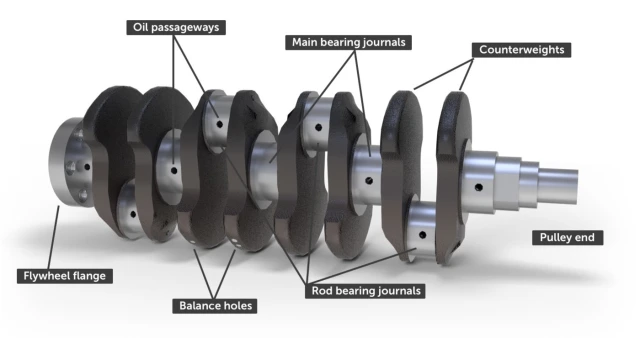
Step 4: Machining
With the crankshaft now in its rough shape and heat-treated, the next stage is machining. Machining is a critical step where the crankshaft is precisely shaped and sized to meet exact specifications. This involves several processes, including turning, milling, and grinding.
Turning: The crankshaft is mounted on a lathe, and cutting tools are used to remove excess material and create the main journals and crank pins.
Milling: Milling machines are used to create the complex geometries of the crankshaft, such as counterweights and oil passages.
Grinding: Finally, grinding machines are employed to achieve the high-precision surfaces required for the crankshaft's journals and pins. Grinding ensures the surfaces are smooth and within tight tolerances, which is crucial for reducing friction and wear during engine operation.
Komotashi utilizes state-of-the-art CNC (Computer Numerical Control) machines for these processes, ensuring the highest levels of precision and repeatability.
Step 5: Surface Treatment
To further enhance the durability and performance of the crankshaft, surface treatments are applied. Common surface treatments include nitriding and shot peening.
Nitriding: This process introduces nitrogen into the surface layer of the crankshaft, forming a hard, wear-resistant surface. Nitriding also improves fatigue resistance, crucial for the high-stress environment inside an engine.
Shot Peening: This process involves bombarding the crankshaft's surface with small spherical media to induce compressive stresses. Shot peening increases the fatigue strength of the crankshaft, reducing the risk of cracks and failures.
Komotashi's surface treatments are meticulously controlled to ensure uniformity and effectiveness.
Step 6: Balancing
A balanced crankshaft is essential for smooth engine operation. Imbalances can lead to vibrations, which not only affect engine performance but also reduce the lifespan of engine components. Komotashi uses advanced dynamic balancing machines to detect and correct any imbalances in the crankshaft. Small weights are added or material is removed from specific areas to achieve perfect balance.
Step 7: Inspection and Quality Control
Throughout the production process, Komotashi places a strong emphasis on quality control. Each crankshaft undergoes rigorous inspections at various stages to ensure it meets strict quality standards. Advanced inspection techniques, such as ultrasonic testing and magnetic particle inspection, are used to detect any internal or surface defects.
Ultrasonic Testing: This non-destructive testing method uses high-frequency sound waves to detect internal flaws in the crankshaft.
Magnetic Particle Inspection: This technique involves magnetizing the crankshaft and applying magnetic particles to detect surface and near-surface defects.
Komotashi's commitment to quality ensures that every crankshaft leaving their facility is free from defects and ready for optimal performance in an engine.
Conclusion
The production of high-quality crankshafts is a complex and precise process that involves multiple stages, each crucial for ensuring the final product's performance and durability. Komotashi's dedication to using premium raw materials and advanced manufacturing techniques sets them apart as a leader in the industry. From material selection to final inspection, Komotashi's crankshafts embody the pinnacle of engineering excellence, providing reliable and efficient performance for automotive engines.

